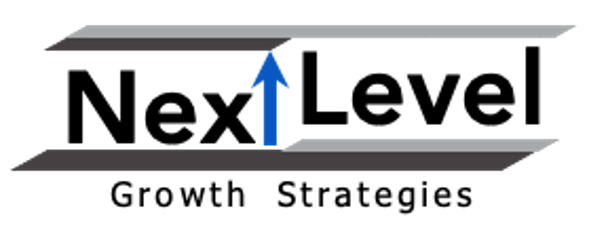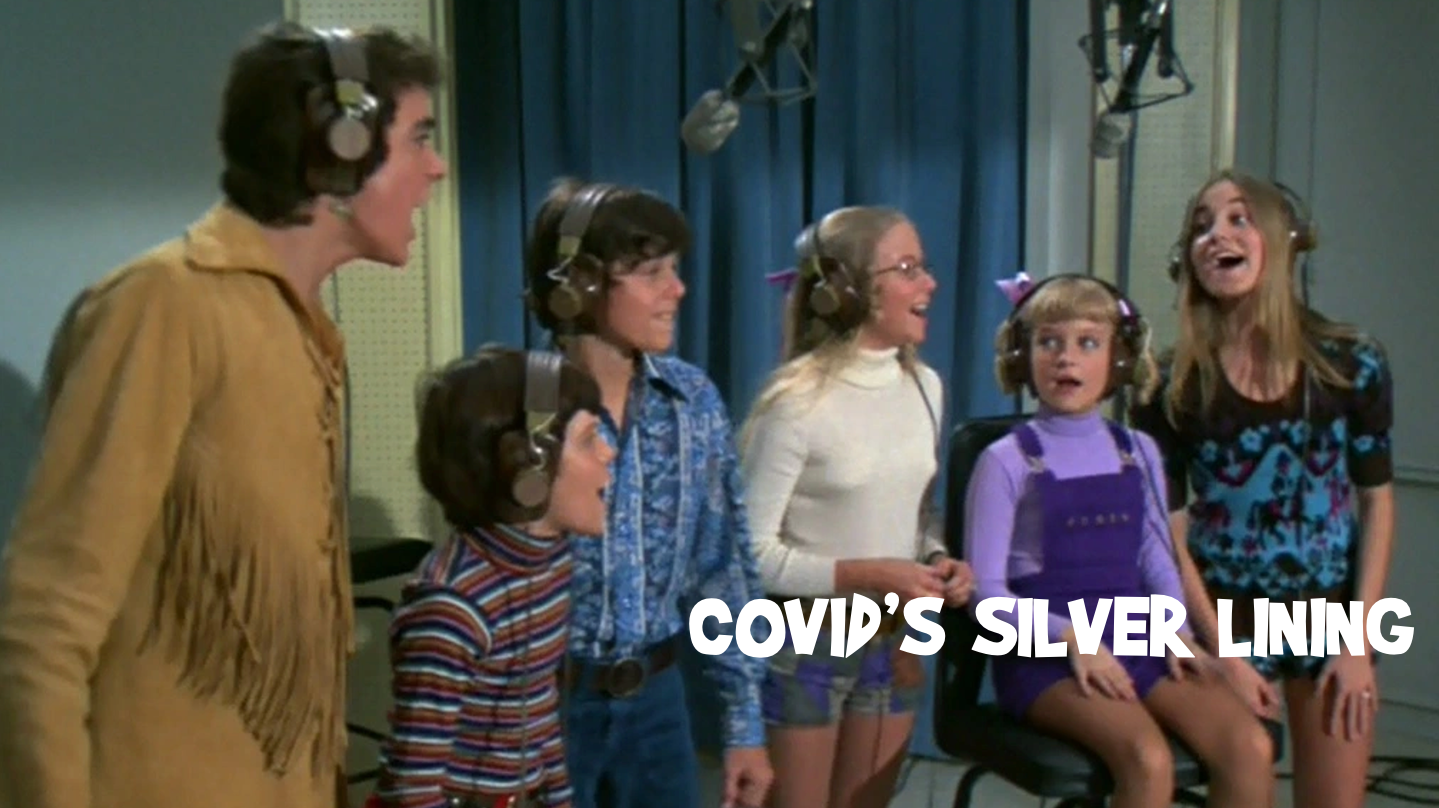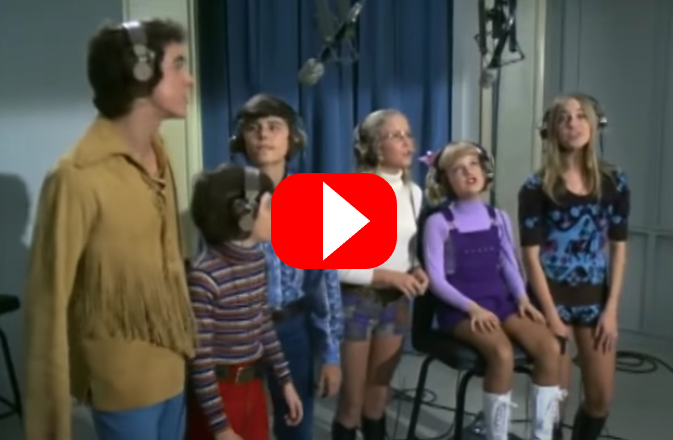“When it’s time to change you’ve got to rearrange, who you are and what you’re going to be.”
OK, who doesn’t hear Peter Brady’s voice cracking right now as he croaks out “rearrange?”
In that episode of the Brady Bunch, the family faced a dilemma and wound up embracing the challenge of Peter’s voice cracking as he was beginning to go through puberty, and cleverly found a way to make it work in their favor. And this is a lesson we can all take to heart today.
For many (individuals and organizations), the current COVID crisis has become that moment where they’ve been forced to change. They certainly hadn’t planned on it; but not changing wasn’t an option – because not changing meant going out of business.
Yes, if organizations were going to survive this horrible hand we were dealt, they had to change (innovate); often quickly, iteratively and significantly. And I think this is actually the silver lining for many organizations as we come out of the COVID crisis.
So, what do I mean by this?
Vijay Govindarajan and Chris Trimble in their 2010 book The Other Side of Innovation: Solving the Execution Challenge clearly state something that has been well accepted amongst innovation practitioners – that is, “Organizations are not designed for innovation. Quite the contrary, they are designed for ongoing operations.”
As organizations grow, they focus on predictable operational effectiveness and efficiency. They become “Performance Engines”, and Govindarajan and Trimble assert that this is often highly incompatible with innovativeness. This is in part a reason why over 80% of new innovations fail. Most organizations aren’t designed for innovation.
The most innovative organizations however are adept at aggressively pursuing that which is possible and unknown; and this is very much a part of their cultural DNA. They embrace an iterative murky process of trial and error, and continually seek to move from informed assumptions to knowledgeable actions in order to create new consumer value and accelerate growth.
That is, they continually live and thrive in a world of the unknown and uncertainty – and not many businesses (and in particular, their shareholders) have the stomach for this.
There is nothing like a crisis to spur innovation!
At the beginning of 2020, the global economy was chugging along in a generally “predictable” manner. Economies were growing, demand for goods and services was strong, wages and production were increasing, inflation and unemployment were low. Then March came along, and well… stuff hit the fan!
Overnight, the US economy literally shut down (to the tune of an unprecedented -32.9% annualized decline in US GDP in Q2-2020) as policy makers sought to stem the spread of the Coronavirus, and consumers as well as workers stayed at home (to the extent they could) in order to minimize their chance of catching and spreading this new, and not well understood virus.
For many businesses, this was a pivotal moment of truth. Their survival was dependent on becoming a more agile and innovative organization. And for others, this crisis was the thing that forced them to become a different business altogether.
I recently participated in a webinar that featured leaders from large multi-unit retailers, quick service restaurants (QSRs), small business operators as well as management consultants where the discussion centered on the things each of these different organizations had to do to survive the depths of this COVID crisis.
Without exception, all of the speakers stated that their organizations had become more much more innovative. Out of necessity, they began adjusting their operating models and standards, often nightly. They stated that communication throughout the organization had improved. Information and relevant data for decision making became more readily available and there was a transformative acceleration in their ability to make decisions and affect change.
One executive stated “in all of my years with this company, I’ve never seen so much focus, so much collaboration and so much teamwork. We are literally pivoting our operations daily, often making a decision as late as 9:00 at night and having these changes in place in all of our stores by the time we open the next morning. There is no way we would be doing things like this if it weren’t for this crisis.”
Another multi-unit restaurant leader discussed similar experiences across his organization but also talked about their rapid pivot to a more digital and contactless model. “This virus and our customer is leading us down a very different path right now. We’re doing everything we can to understand their needs and adapt to all of these changes. Digital is a much bigger part of the customer experience now. We were already moving in this direction, but this thing propelled these initiatives ahead by quarters if not years.”
Another example of an innovative pivot came from an independent small business owner who operated a bicycle store that also made and sold their own artisanal coffees.
Demand for bicycles went through the roof in late March and early April. But after that quick surge in demand he’d blown through his inventory and the supply chain had completely evaporated. His ability to meet the increased demand for bicycles was gone, but people still wanted his coffees – however, they weren’t real keen on coming into this shop.
So, in the face of possibly having to close his business he changed it completely. He adjusted his website to begin taking online orders and payments for curbside pickup and began promoting this new offering to his customers by eMail. He also expanded his coffee roasting capabilities, buying a larger roaster, and began experimenting with different roasting techniques based on customer feedback. He stated that…
“I used to be a bike shop that had a cool little coffee bar. But now I’m 100% in the coffee business. I don’t know if I will sell bikes ever again. My business is growing and doing really well. And I’m looking at having to expand my production capabilities again this fall. There is no way this is what I’d be doing right now if all of this [crisis] hadn’t happened.”
The commonality amongst all of these businesses as well as the Brady Bunch is that they all faced a sudden and unforeseen challenge that posed a significant threat to their reputation and very existence. Rather than tuck tail and run, they all embraced the challenge in their own unique (innovative) way, to forge a new successful path forward. They’ve all become much more innovative!
By acknowledging the situation, assessing an array of options, experimenting, evaluating feedback (results) and doubling down on the things that begin to work, each of these organizations (to paraphrase the Brady Bunch) began to rearrange who they are, and what they’re going to be.
And that my friends, is what innovation looks like!
Sha na na na na na na na na
Sha na na na na
Sha na na na na na na na na
Sha na na na na



Leave a Reply